Home>Furniture>Outdoor Furniture>How Much Does It Cost To Build A Fire Pit Patio
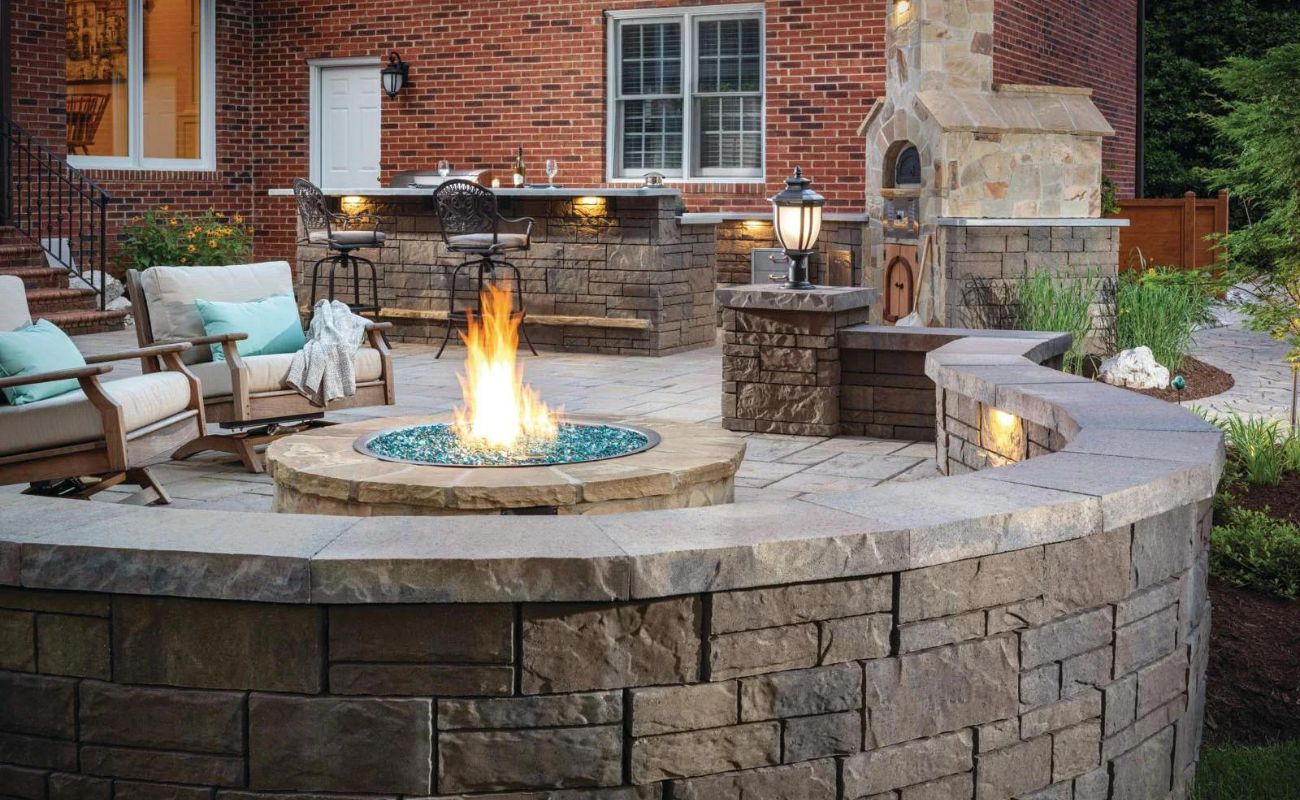

Outdoor Furniture
How Much Does It Cost To Build A Fire Pit Patio
Modified: March 19, 2024
Looking to build a fire pit patio? Discover the cost of creating your own outdoor oasis with the perfect outdoor furniture.
(Many of the links in this article redirect to a specific reviewed product. Your purchase of these products through affiliate links helps to generate commission for Storables.com, at no extra cost. Learn more)
Introduction
Creating a cozy and inviting outdoor space is a dream shared by many homeowners. A fire pit patio is an excellent addition to any outdoor area, providing a focal point for gatherings, warmth, and ambiance. However, before embarking on this project, it is crucial to understand the costs involved.
The cost of building a fire pit patio can vary significantly depending on various factors, including the size of the patio, the materials used, and the additional features and upgrades desired. By considering these factors and planning accordingly, you can ensure that your fire pit patio construction stays within budget while still achieving the desired atmosphere.
In this article, we will explore the key factors that affect the cost of building a fire pit patio. From the initial planning and design stages to the materials and supplies needed, as well as the labor costs and any additional features or upgrades, we will cover all the essential aspects to help you make informed decisions and create the perfect outdoor space.
Before diving into the specifics, it is essential to note that building a fire pit patio may require obtaining the necessary permits and adhering to local regulations. This ensures that the construction is safe and compliant with zoning and fire codes. Ignoring these requirements can result in fines or, in extreme cases, demolition of the patio. Therefore, it is crucial to familiarize yourself with the local regulations and seek the necessary permits before commencing the project.
Additionally, it is important to consider the maintenance and upkeep requirements of a fire pit patio. Depending on the materials used and the climate in your area, regular cleaning, sealing, and general maintenance may be necessary to keep your patio looking its best and ensure its longevity.
Now, let’s dive into the various factors that can influence the cost of building a fire pit patio, starting with the planning and design stage.
Key Takeaways:
- Building a fire pit patio can vary in cost due to factors like size, materials, labor, and permits. Careful planning and balancing desired features with budget can help create a stunning outdoor space.
- Prioritize functionality and aesthetics when planning and designing a fire pit patio. Consider materials, labor costs, and maintenance to ensure a beautiful and long-lasting outdoor retreat.
Read more: How To Build A Fire Pit Patio
Factors Affecting the Cost of Building a Fire Pit Patio
Building a fire pit patio involves several factors that can impact the overall cost of the project. Understanding these factors will help you estimate the expenses accurately and make informed decisions. Here are some key factors that can affect the cost of building a fire pit patio:
- Size of the Patio: The size of the patio is one of the most significant determinants of cost. A larger patio will require more materials, labor, and time to complete, resulting in higher costs. Consider the intended use of the space and the number of people you plan to accommodate to determine the appropriate size for your fire pit patio.
- Materials Used: The materials used for constructing the patio and fire pit can greatly impact the overall cost. Natural stone, concrete pavers, bricks, and gravel are commonly used materials, each with its own price range. Higher-end materials can significantly increase the cost, while more affordable options can help keep the budget in check. Additionally, the type of material can also affect the maintenance requirements and durability of the patio.
- Custom Design and Features: If you have specific design preferences or desire additional features such as built-in seating, lighting, or a pergola, these can add extra costs to your fire pit patio project. Custom designs often require more time and expertise, resulting in higher labor costs. It is essential to prioritize your desired features and balance them with your budget to achieve the desired aesthetic and functionality.
- Labor Costs: The cost of labor can vary depending on factors such as location, complexity of the design, and the experience of the contractor. It is advisable to obtain multiple quotes from reputable contractors and discuss the project timeline and scope of work in detail before making a decision. Hiring a professional ensures a high-quality construction while minimizing potential issues and costly mistakes.
- Additional Features and Upgrades: Beyond the basic fire pit and patio construction, additional features and upgrades can significantly impact the cost. These can include amenities like outdoor kitchens, seating walls, fire pit covers, fire glass, gas lines, and landscaping. Determining your priorities and considering these features early in the planning process will help you allocate your budget accordingly.
- Permits and Regulations: Depending on your location, building a fire pit patio may require obtaining permits and complying with local regulations. Permit fees can add to the overall cost, and failure to obtain permits can result in legal consequences. It is essential to research and understand the requirements in your area and factor in any associated costs when budgeting for your project.
By carefully considering these factors and setting a budget that aligns with your vision, you can create a beautiful fire pit patio that provides years of enjoyment. In the next sections, we will delve deeper into the planning and design stage, materials and supplies, labor costs, additional features and upgrades, permits and regulations, and maintenance and upkeep aspects of building a fire pit patio.
Planning and Design
The planning and design stage is a crucial step in building a fire pit patio. It sets the foundation for the entire project and ensures that your vision becomes a reality. Proper planning and thoughtful design can help optimize space utilization, enhance functionality, and achieve a visually appealing outdoor space. Here are some considerations to keep in mind during the planning and design process:
- Layout: Start by determining the layout and placement of your fire pit patio. Consider factors such as the existing landscape, proximity to your home, and accessibility. A well-planned layout will maximize the use of available space and create a seamless flow between your indoor and outdoor areas.
- Functionality: Think about how you intend to use your fire pit patio. Will it be primarily for entertaining guests or for intimate family gatherings? Do you want a seating area, dining space, or both? Understanding your desired functionality will guide the design process and help you allocate space accordingly.
- Fire Pit Design: Selecting the right fire pit design is crucial for both aesthetic and functional purposes. Consider options such as wood-burning pits, gas fire pits, or even portable fire pits if you prefer flexibility. Research different styles and materials to find a design that complements your outdoor aesthetic.
- Seating: Determine the type and amount of seating you want for your fire pit patio. Built-in seating or adding outdoor furniture can provide comfort and convenience. Consider the number of people you plan to accommodate and ensure there is enough seating to accommodate them.
- Lighting: Incorporating proper lighting is essential for creating ambiance and ensuring safety in the evening hours. From string lights and lanterns to pathway lighting or even built-in lighting, there are various options to choose from. Think about the desired atmosphere and select lighting that enhances the overall aesthetics of your fire pit patio.
- Hardscape Elements: Besides the fire pit itself, consider adding other hardscape elements such as pathways, retaining walls, or even an outdoor kitchen. These elements can enhance the functionality and visual appeal of your fire pit patio. However, it is important to balance your desired features with your budget constraints.
During the planning and design stage, it is helpful to work with a professional landscape designer or contractor who can offer expert advice and insights. They can help you bring your vision to life while considering factors such as drainage, placement of utilities, and adherence to local building codes and regulations.
Once you have a clear plan and design in place, you can move on to the next step: selecting the materials and supplies for your fire pit patio construction.
Materials and Supplies
Choosing the right materials and supplies is essential for building a durable and visually appealing fire pit patio. The selection of materials can greatly impact the overall cost, longevity, and maintenance requirements of your outdoor space. Here are some commonly used materials and supplies to consider:
- Natural Stone: Natural stone, such as flagstone or slate, offers a timeless and elegant look for your fire pit patio. It is durable and can withstand harsh weather conditions. However, natural stone can be more expensive compared to other materials, and the installation process may require skilled labor.
- Concrete Pavers: Concrete pavers are a popular choice due to their versatility, affordability, and ease of installation. They come in a variety of colors, shapes, and sizes, allowing for creative design options. Concrete pavers are durable and require minimal maintenance.
- Bricks: Bricks provide a classic and rustic aesthetic for your fire pit patio. They are durable, fire-resistant, and relatively affordable. However, the installation process for bricks can be more labor-intensive compared to other materials.
- Gravel: Gravel is a cost-effective option for creating a fire pit patio. It provides a natural and relaxed look and can be easily installed. However, gravel may require occasional maintenance, as it can shift or scatter with foot traffic or weather conditions.
- Fire Pit Materials: The materials used for the fire pit itself can vary depending on your design and preference. Common options include concrete blocks, natural stone, or metal. Be sure to select materials that are suitable for withstanding heat and fire and consider factors such as drainage and safety when choosing the right materials.
- Landscape Fabric: Landscape fabric is a crucial supply that helps prevent the growth of weeds and ensures proper drainage beneath your fire pit patio. It is typically installed before laying the base materials to provide a stable and durable foundation.
- Base Materials: The base materials, such as crushed stone or gravel, provide stability and proper drainage for your fire pit patio. They help to prevent shifting and settling over time and ensure a level surface for your patio installation.
- Adhesives and Sealants: Depending on the materials used, you may require adhesives and sealants to secure the patio pavers or stones and protect them from weathering and staining. It is essential to select high-quality adhesives and sealants suitable for outdoor use.
When selecting materials and supplies, it is important to consider both the aesthetic appeal and the practicality of the materials. Researching different options, comparing prices, and consulting with a professional can help you make the right choices that align with your budget and desired outcome.
Once you have chosen the materials and supplies for your fire pit patio construction, it is time to address the labor costs involved in bringing your vision to life. We will discuss labor costs in the next section.
Labor Costs
When building a fire pit patio, labor costs play a significant role in the overall budget. Hiring experienced professionals ensures a high-quality construction that meets your expectations. Labor costs can vary depending on factors such as location, complexity of the project, and the expertise of the contractor. Here are some factors to consider when estimating labor costs:
- Research and Get Multiple Quotes: It is always recommended to research and obtain quotes from multiple contractors before making a decision. This allows you to compare prices and evaluate the expertise and reputation of different professionals. Be sure to ask for a breakdown of labor costs, which can include site preparation, excavation, patio installation, fire pit construction, and clean-up.
- Experience and Skill: Contractors with more experience and expertise generally charge higher rates. However, their expertise can ensure a smoother construction process and a more refined end result. Consider the complexity of your desired design and the skills required to execute it when selecting a contractor.
- Project Timeline: The timeline for completing the project can impact labor costs. Projects requiring a shorter deadline or requiring work during peak seasons may come with higher labor rates. Discuss the project timeline and any potential limitations with contractors to understand any potential cost adjustments.
- Additional Work and Customization: If you are seeking additional features or customizations for your fire pit patio, such as built-in seating, intricate patterns, or integrated lighting, this may require more labor and result in higher costs. Discuss your specific requirements with the contractor to get a clear understanding of any additional labor expenses.
- Contract Terms and Payments: Clarify the terms and conditions of the contract, including the payment schedule and any additional fees or penalties. It is important to have a written agreement that outlines the scope of work, materials, and final costs to avoid any misunderstandings or disputes later on.
Keep in mind that labor costs are typically separate from materials and supplies. It is important to factor in both aspects when creating your budget for building a fire pit patio. Taking the time to find the right contractor at a fair price will ensure a successful and satisfactory outcome for your project.
Once you have considered the labor costs, be sure to explore any additional features or upgrades you may want to incorporate into your fire pit patio. We will discuss this in the next section.
Consider using cost-effective materials like concrete pavers or gravel for the base, and natural stone or bricks for the fire pit. DIY kits can also help save on labor costs.
Read more: How To Build An Outdoor Fire Pit On A Patio
Additional Features and Upgrades
Building a fire pit patio offers the opportunity to add extra features and upgrades that can enhance both the functionality and aesthetics of your outdoor space. These additional features can add to the overall cost of the project. Here are some popular options to consider:
- Outdoor Kitchen: If you enjoy outdoor cooking and entertaining, adding an outdoor kitchen to your fire pit patio can be a fantastic upgrade. This can include features such as a built-in grill, food preparation area, sink, storage cabinets, and even a mini-refrigerator. Incorporating an outdoor kitchen can elevate your outdoor living experience but may come with additional costs for the appliances and installation.
- Seating Walls: Adding seating walls around your fire pit patio can provide additional seating space and a defined boundary. These walls can be constructed with materials that match your patio and fire pit, offering both functionality and aesthetic appeal. Seating walls can increase labor and material expenses, but they can also bring a sense of coziness and intimacy to your outdoor space.
- Fire Pit Covers: Fire pit covers are a practical addition to protect your fire pit and enhance safety when it’s not in use. They can be custom-made to fit your fire pit size and design. A fire pit cover can be made from various materials such as metal, stone, or even fabric. While this may not significantly impact the overall cost of the project, it adds an extra layer of convenience and protection for your investment.
- Fire Glass: Fire glass is a trendy alternative to traditional firewood. It is made of tempered glass and comes in various colors and sizes. Adding fire glass to your fire pit can create a stunning display of shimmering flames. While fire glass itself is not expensive, the cost can increase depending on the size of your fire pit.
- Gas Lines: If you prefer the convenience of a gas-powered fire pit, you may need to install natural gas or propane lines. This requires the expertise of a professional and may incur additional costs for the materials and labor involved. Consider the long-term benefits and convenience of a gas-powered fire pit when planning your budget.
- Landscaping and Plantings: Landscaping and plantings can add a touch of natural beauty and aesthetic appeal to your fire pit patio. This includes elements such as shrubs, flowers, trees, and even a small garden. While it may not directly impact the cost of the construction, it is worth considering if you wish to achieve a fully integrated and visually captivating outdoor space.
When selecting additional features and upgrades, consider your budget, desired functionality, and the overall style you want to achieve. Balance your priorities to ensure that the added features enhance your fire pit patio without exceeding your financial capabilities.
Now that we have explored the various additional features and upgrades, it is important to be aware of any permits and regulations that may be required for your fire pit patio project. We will discuss this in the next section.
Permits and Regulations
Before embarking on the construction of a fire pit patio, it is essential to be aware of the permits and regulations that may apply in your area. These requirements ensure that the project is carried out safely and in compliance with local codes and regulations. Here are some factors to consider:
- Research Local Regulations: Start by researching the specific permits and regulations related to fire pit patio construction in your area. Check with your local municipality, zoning department, or building department to understand the rules and requirements that may apply. These regulations can vary depending on your municipality and may include guidelines regarding setbacks, fire safety, and anything else relevant to your project.
- Obtain Permits: Depending on your location, you may need to obtain permits before starting the construction of your fire pit patio. This may include permits for excavation, outdoor structures, gas lines, and electrical work, depending on the specific features of your project. Failure to obtain the necessary permits can result in fines or other legal consequences, so it is important to follow the proper procedures.
- Follow Fire Safety Regulations: Fire safety regulations are crucial when constructing a fire pit patio. This may include requirements for the distance between the fire pit and structures or property lines, as well as regulations regarding the use of firewood or gas-powered fire pits. Working with a professional contractor can help ensure that your fire pit patio meets all necessary fire safety regulations.
- Consider HOA Restrictions: If you live in a community governed by a homeowners’ association (HOA), be sure to review the HOA guidelines and any restrictions that may apply to fire pit patio construction. Some HOAs have specific rules regarding outdoor structures, design aesthetics, and usage that must be adhered to.
- Consult with Professionals: If you are uncertain about the specific permits and regulations, it is advisable to consult with professionals such as landscape designers or contractors who are familiar with local requirements. They can provide guidance and ensure compliance with all necessary regulations.
Understanding and following the permits and regulations ensures that your fire pit patio is constructed safely and within legal guidelines. It is important to factor in any associated costs when budgeting for your project. Additionally, be sure to keep any necessary permits or documents in a safe place for future reference or potential inspections.
Now that we have covered the permits and regulations, it is important to be aware of the ongoing maintenance and upkeep required for a fire pit patio. We will discuss this in the next section.
Maintenance and Upkeep
Once your fire pit patio is completed, it is important to establish a regular maintenance routine to keep it in good condition and prolong its lifespan. Proper maintenance ensures that your outdoor space remains safe, functional, and visually appealing for years to come. Here are some maintenance tasks to consider:
- Cleaning: Regularly clean the fire pit patio to remove debris, leaves, and dirt. Sweep or use a leaf blower to clear the area, and spot clean any stains or spills. This will help prevent the buildup of dirt and keep your outdoor space looking fresh.
- Sealing: Depending on the materials used for your fire pit patio, it may need to be sealed periodically. Sealing helps protect the materials from weathering, staining, and UV damage. Follow the manufacturer’s recommendations for the appropriate type of sealer and frequency of application.
- Inspecting and Repairing: Regularly inspect your fire pit patio for any signs of damage or wear. Look for cracks, loose stones or pavers, and any other issues that may affect the integrity of the structure. Address any necessary repairs promptly to prevent further damage.
- Fire Pit Maintenance: If you have a fire pit, it requires its own maintenance. Clean out any ash regularly, and inspect the fire pit components, such as burner rings or gas lines, for any signs of damage or malfunction. Follow the manufacturer’s instructions for maintenance and ensure that the fire pit is in safe working condition.
- Winterization: If you live in an area with harsh winters, it is important to protect your fire pit patio during the colder months. Consider covering the patio furniture to prevent moisture damage, draining any water features, and storing cushions or accessories indoors. Following proper winterization practices can help ensure that your fire pit patio remains in good condition year after year.
- Landscaping Maintenance: If you have incorporated landscaping and plantings around your fire pit patio, regular maintenance such as pruning, fertilizing, and watering may be required to keep them healthy and vibrant. Consult with a professional for specific care instructions based on the types of plants you have chosen.
Maintaining your fire pit patio not only keeps it looking beautiful but also helps prevent larger issues down the line. By staying proactive and addressing any maintenance needs promptly, you can enjoy your outdoor space for many seasons to come.
Now that we have covered the maintenance and upkeep aspect, let’s wrap up our discussion.
Conclusion
Building a fire pit patio is an exciting project that can transform your outdoor space into a cozy and inviting retreat. While the cost of constructing a fire pit patio can vary based on factors such as size, materials, labor, permits, and additional features, careful planning and consideration can help you stay within budget while achieving the desired results.
During the planning and design stage, take the time to envision how you intend to use the space, prioritize your desired features, and create a layout that optimizes functionality. Be mindful of any permits and regulations that may apply in your area to ensure a legal and safe construction process.
When selecting materials and supplies, strike a balance between durability and aesthetic appeal. Explore different options such as natural stone, concrete pavers, bricks, or gravel, and consider the maintenance requirements of each material.
Labor costs are an important aspect of the project, and it is advisable to obtain multiple quotes and choose a reputable contractor who can bring your vision to life. Discuss the project timeline, the scope of work, and any additional features or customization you desire to ensure transparency and avoid any surprises.
When budgeting for your fire pit patio, consider any additional features and upgrades that can enhance your outdoor experience. Outdoor kitchens, seating walls, fire pit covers, fire glass, and landscaping are just a few options to consider based on your preferences and budget.
Once your fire pit patio is complete, establish a routine maintenance plan to keep it in excellent condition. Regular cleaning, sealing, inspection, and addressing any repairs will ensure the longevity and safety of your outdoor space.
Remember, the cost of building a fire pit patio is an investment in the enjoyment and value of your home. By carefully considering the factors discussed in this article and with proper planning and maintenance, you can create a stunning and functional fire pit patio that will be the envy of all your guests and a beloved gathering place for years to come.
Frequently Asked Questions about How Much Does It Cost To Build A Fire Pit Patio
Was this page helpful?
At Storables.com, we guarantee accurate and reliable information. Our content, validated by Expert Board Contributors, is crafted following stringent Editorial Policies. We're committed to providing you with well-researched, expert-backed insights for all your informational needs.
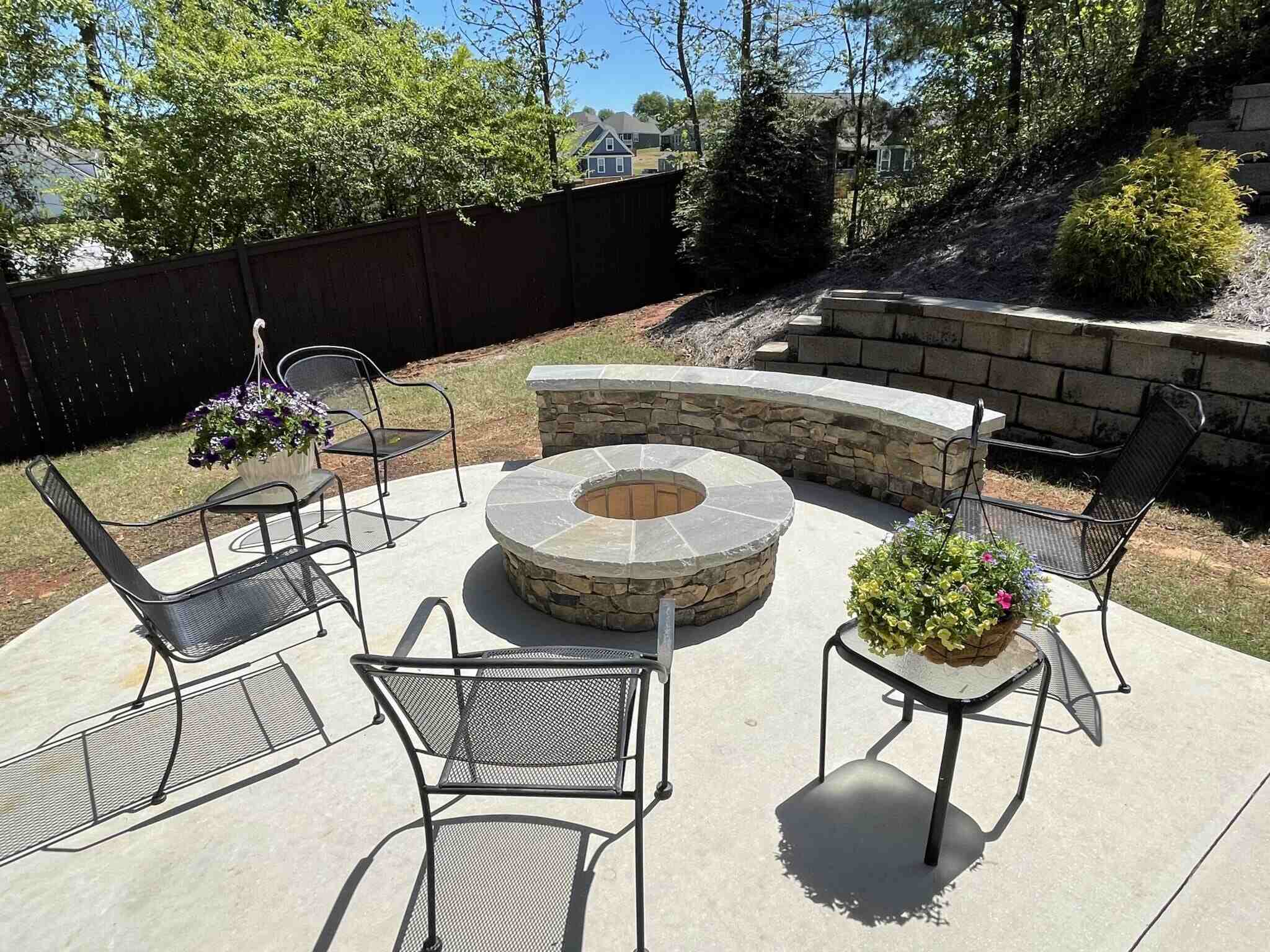
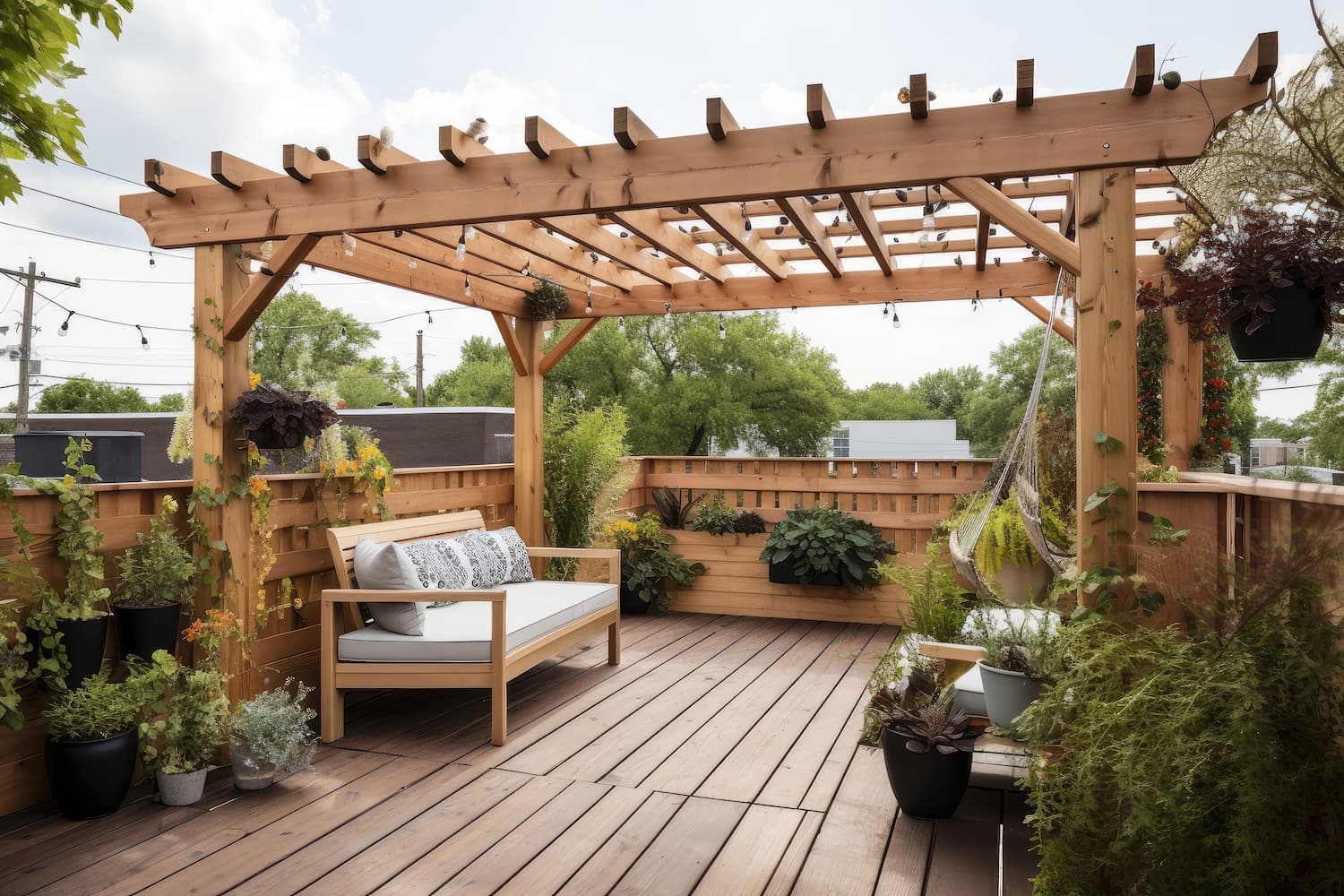
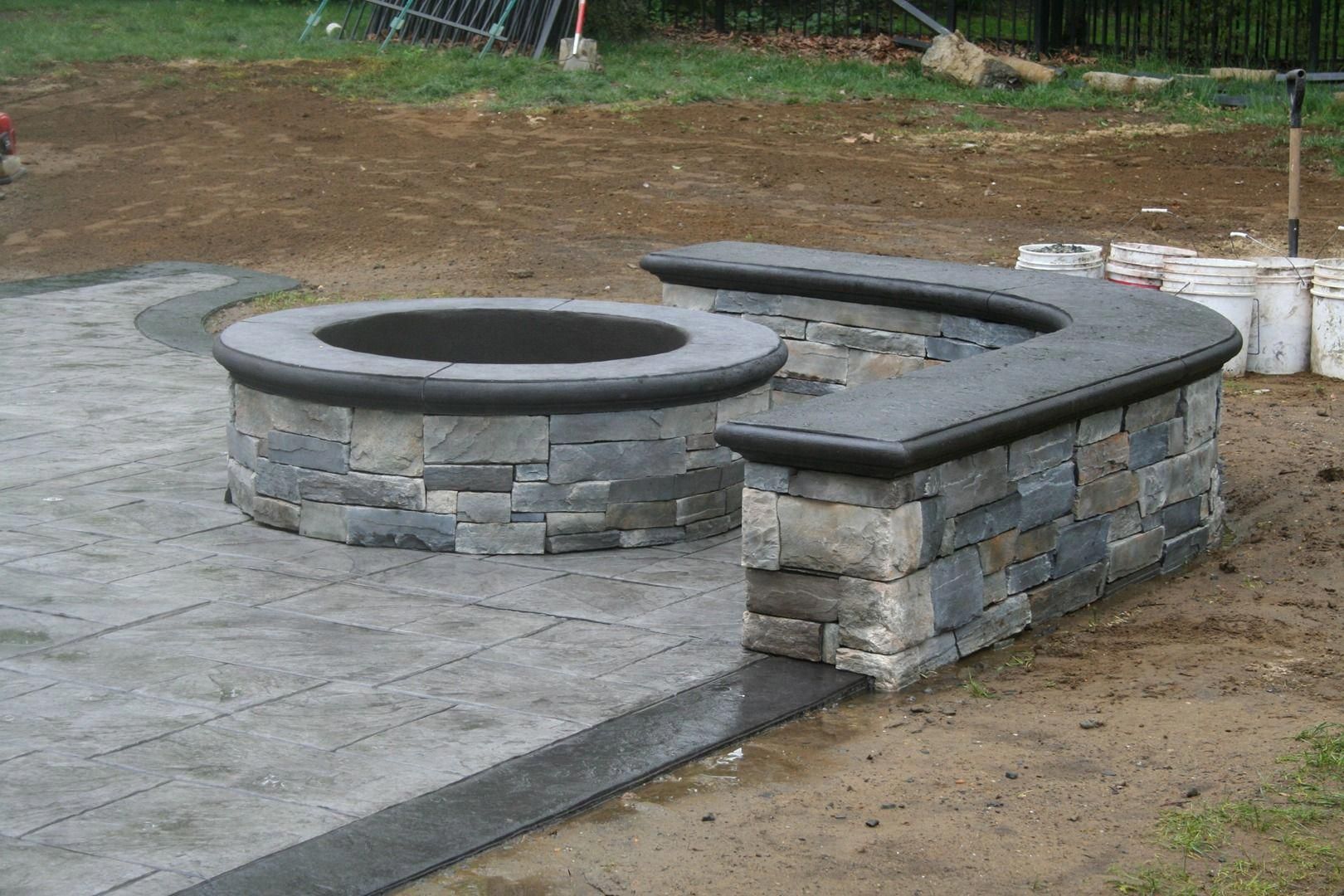
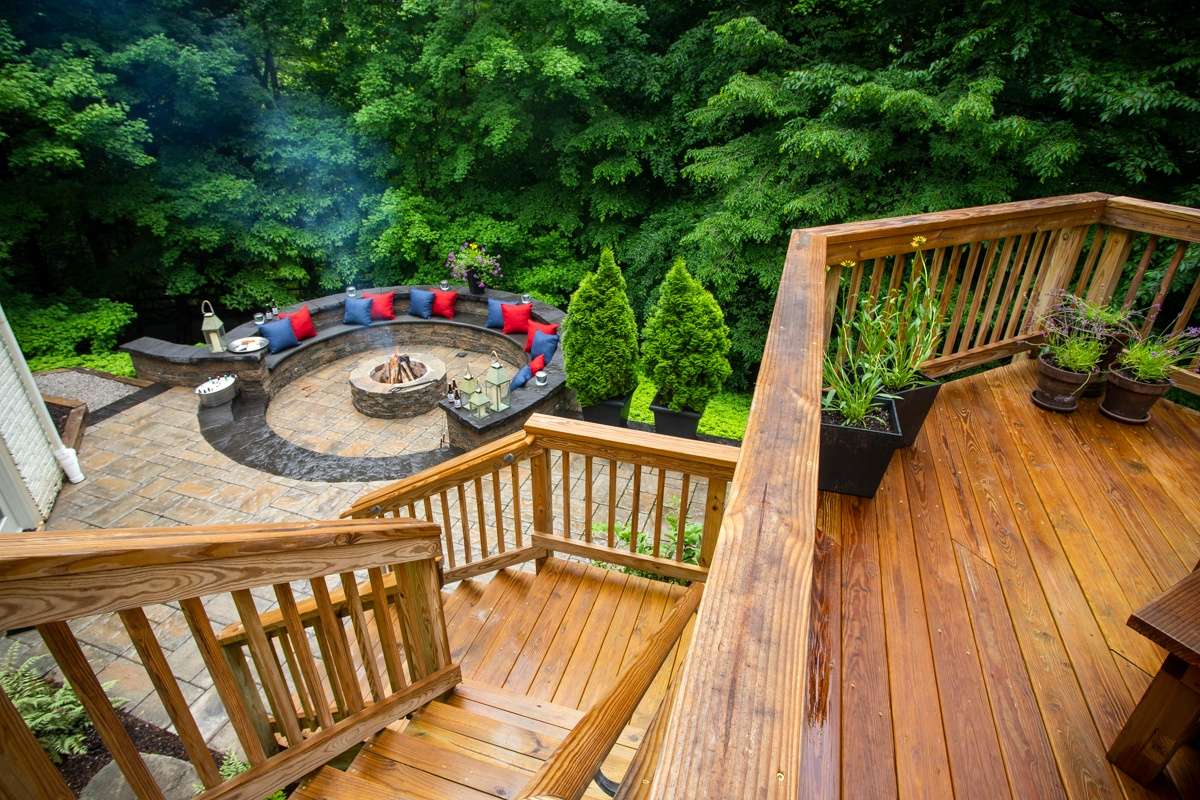
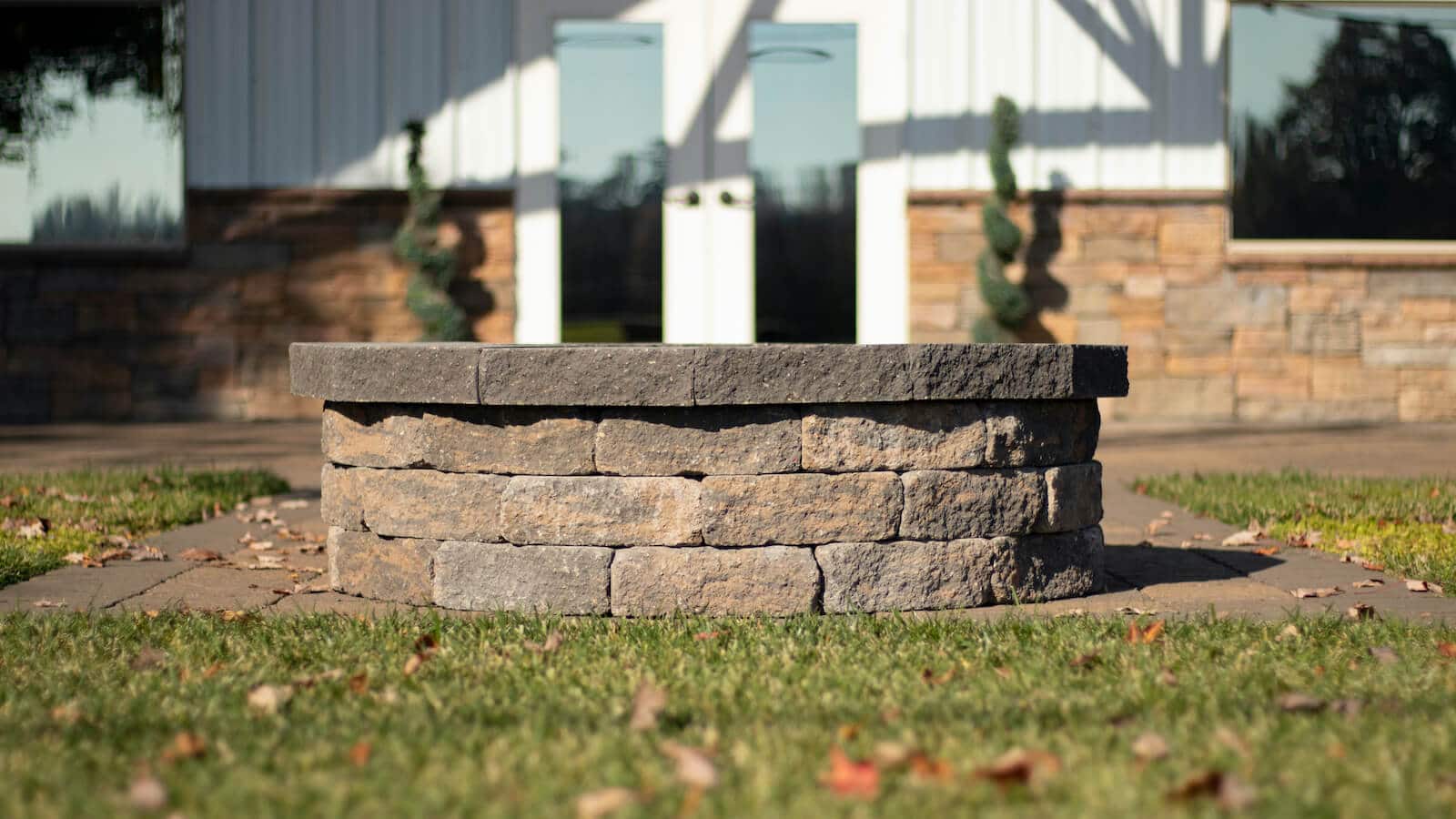
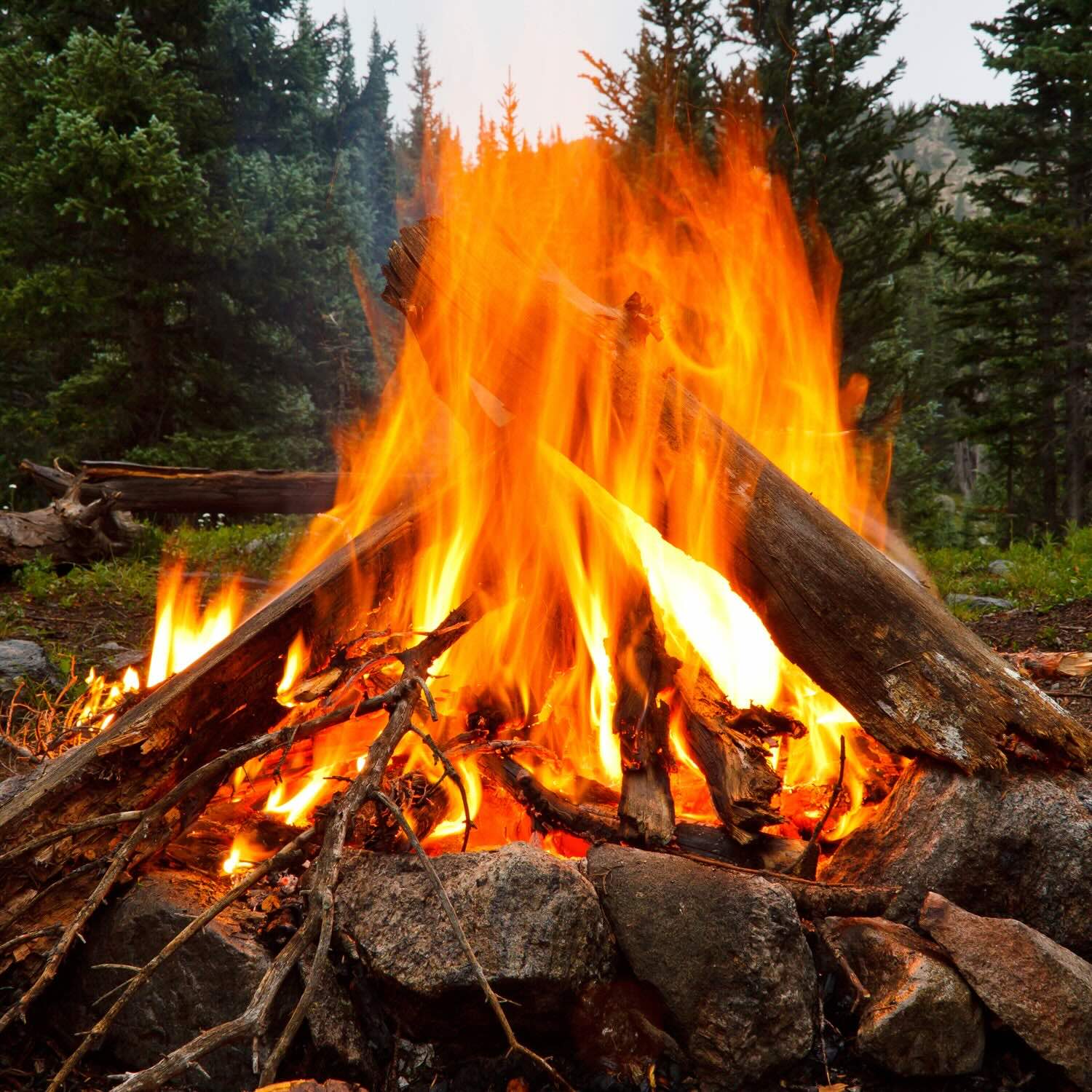
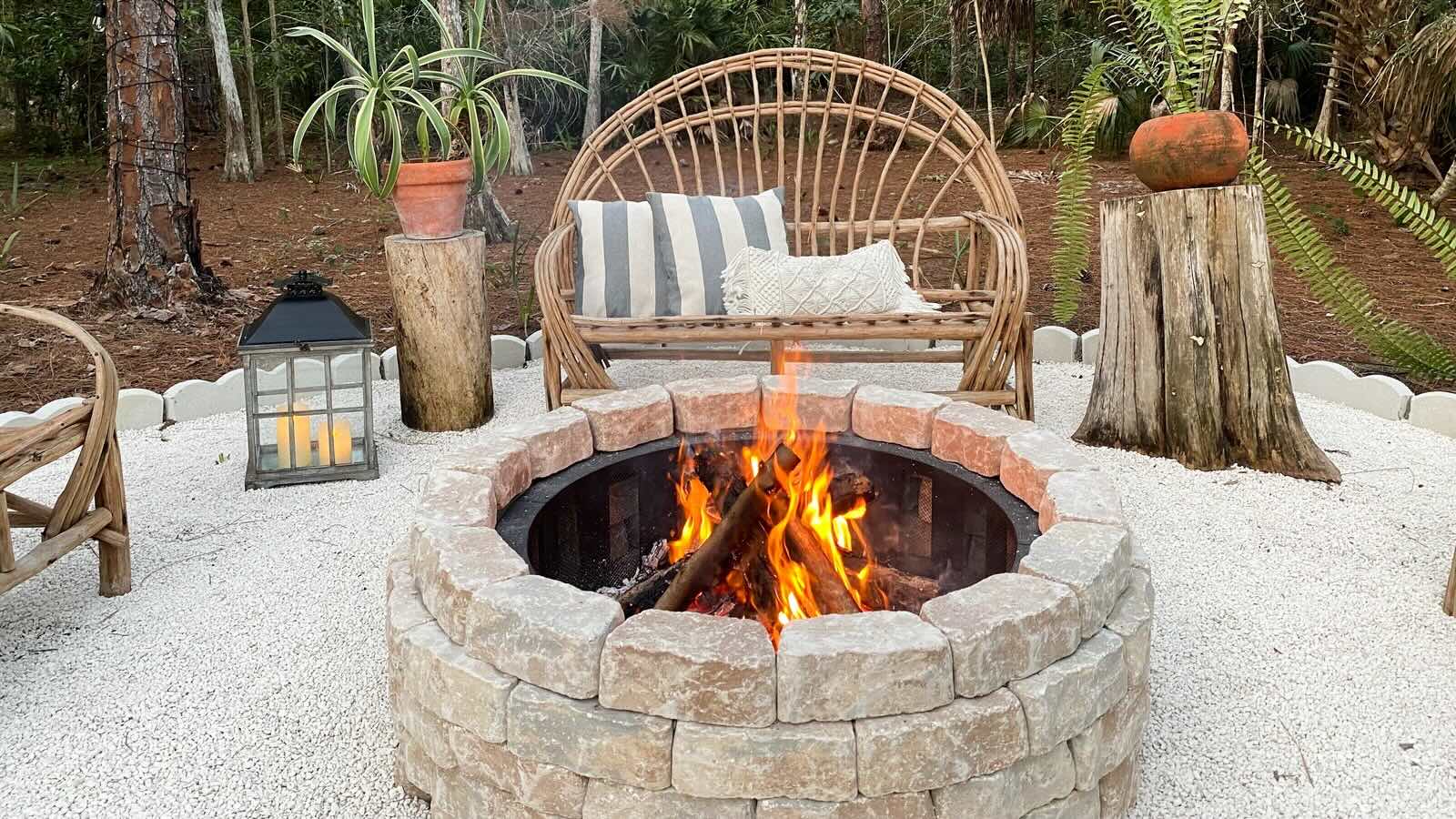
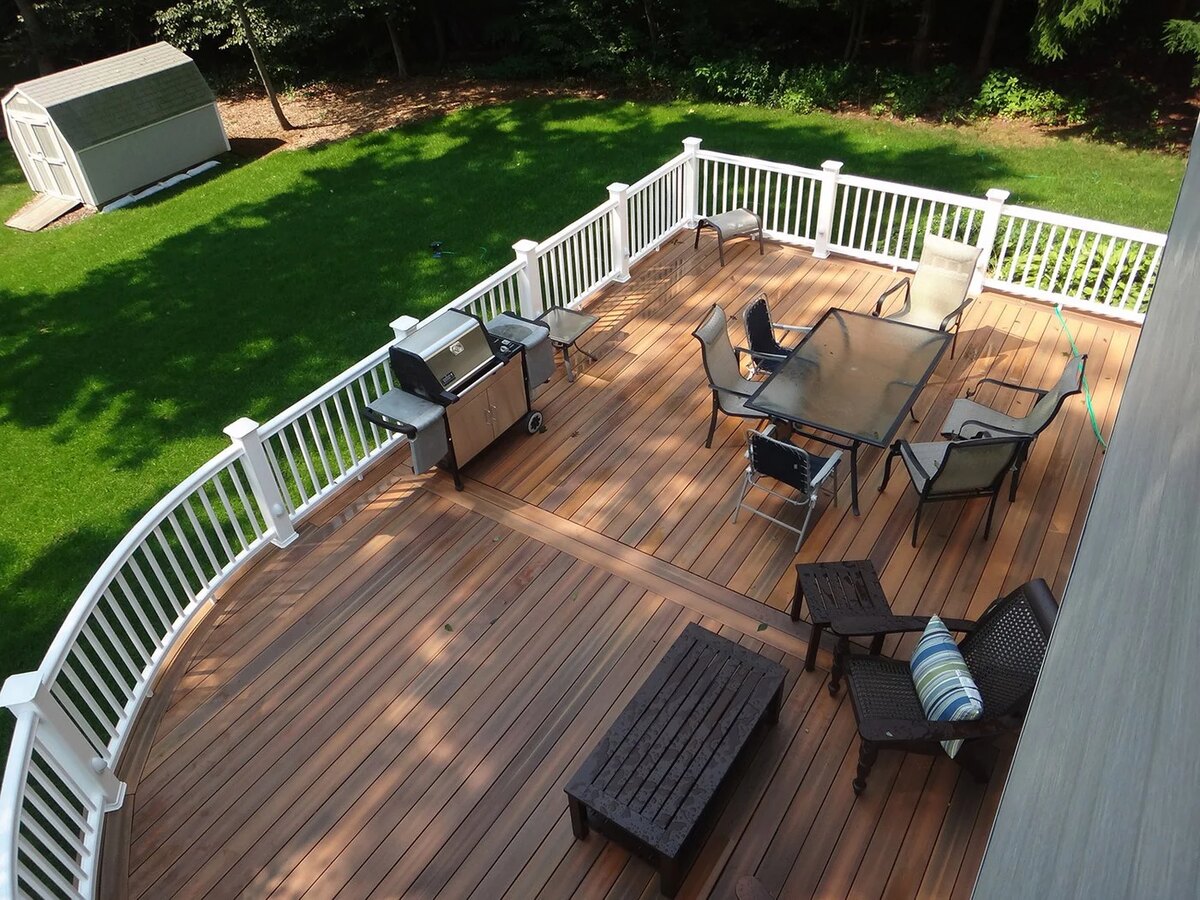
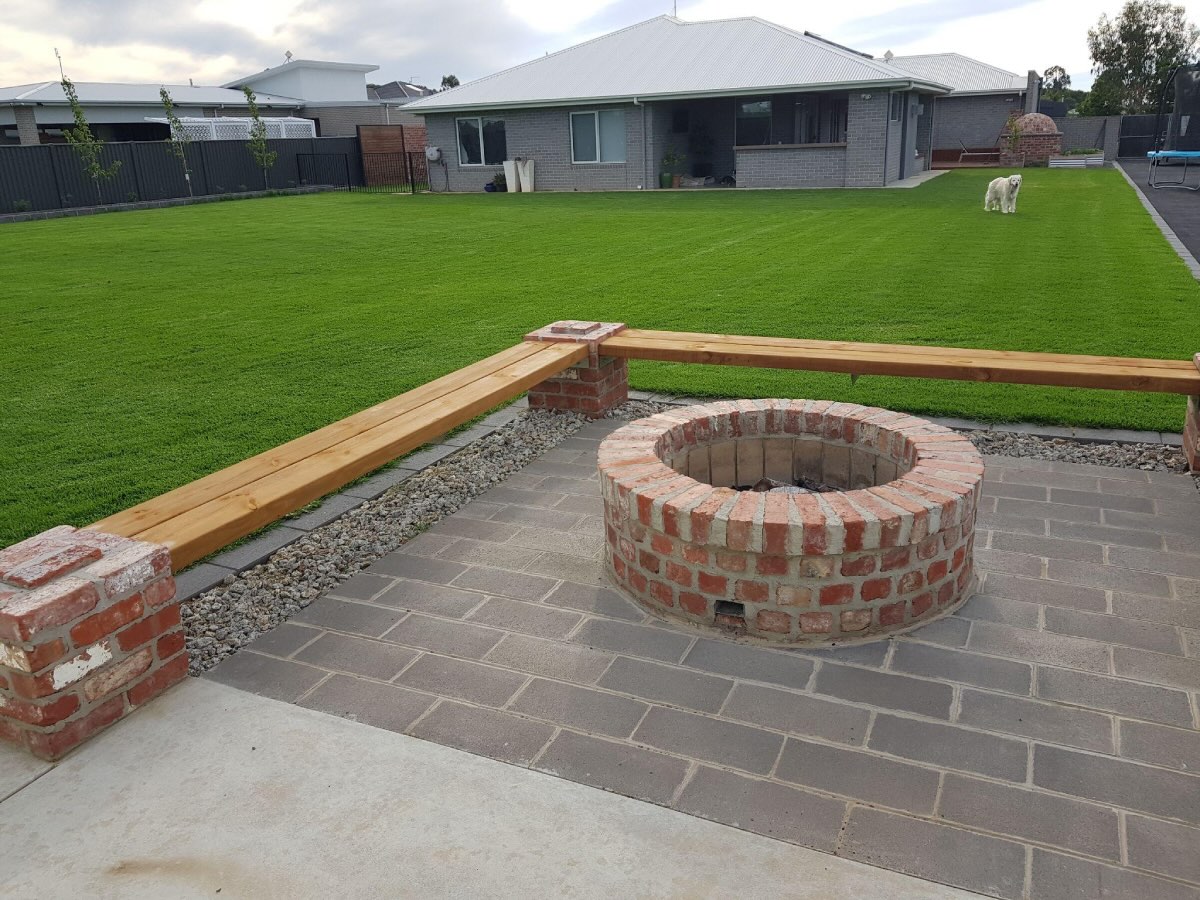
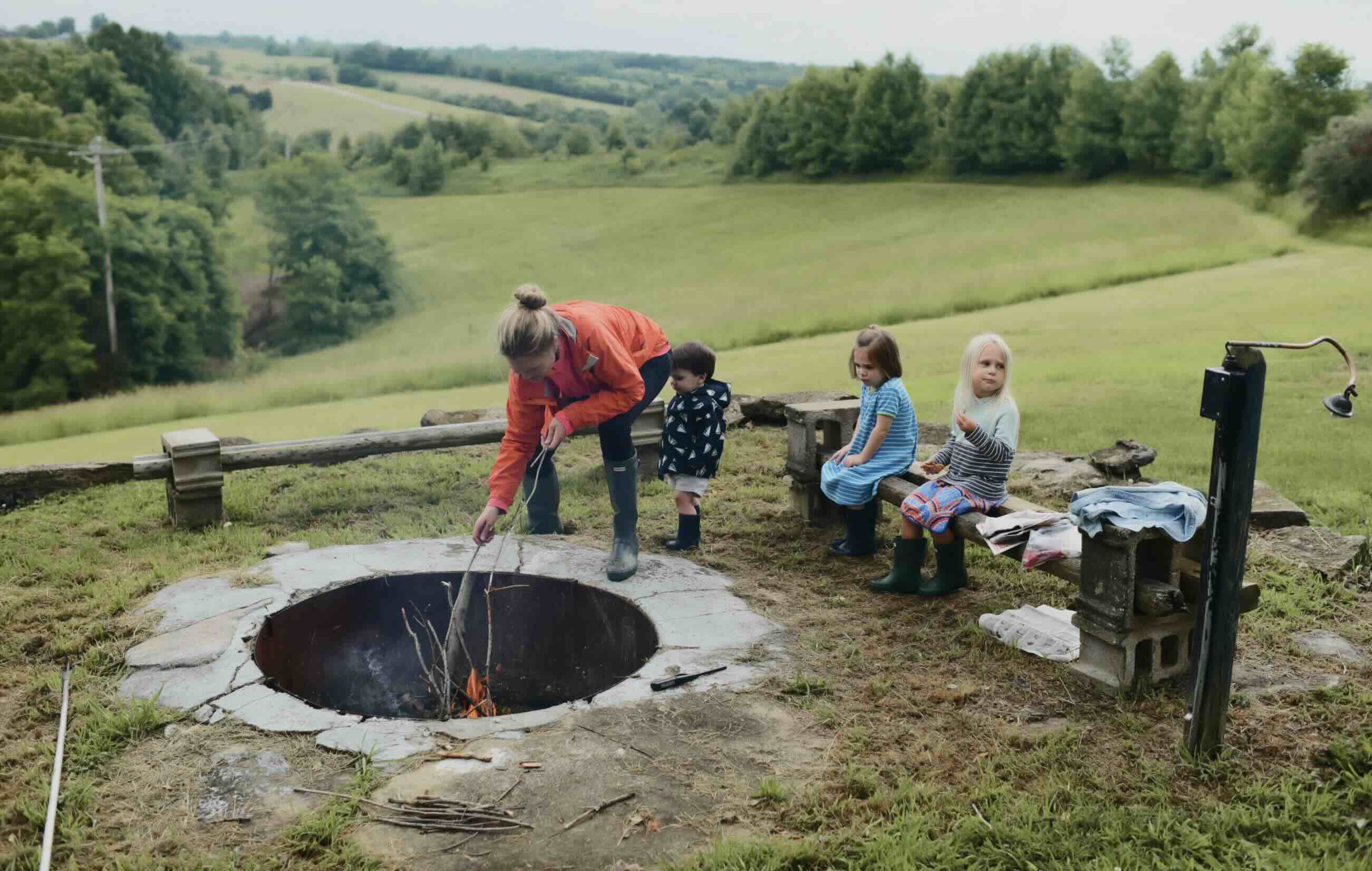
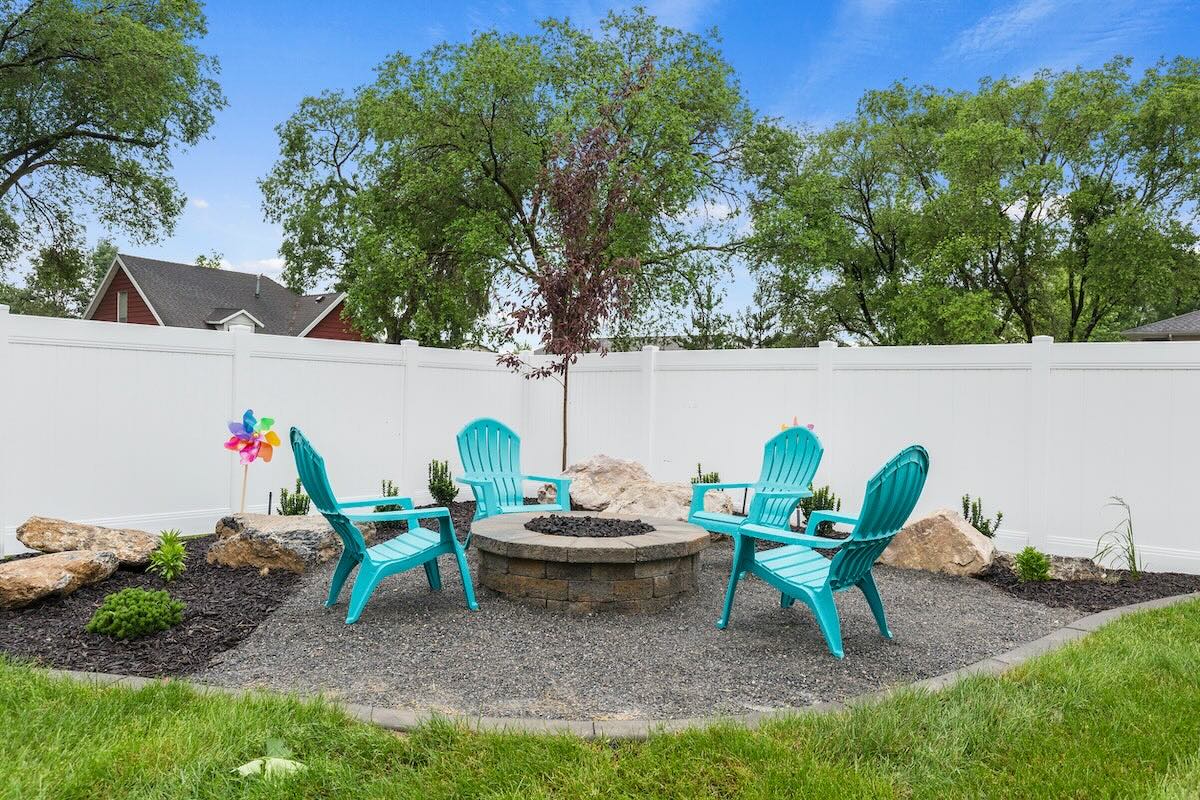
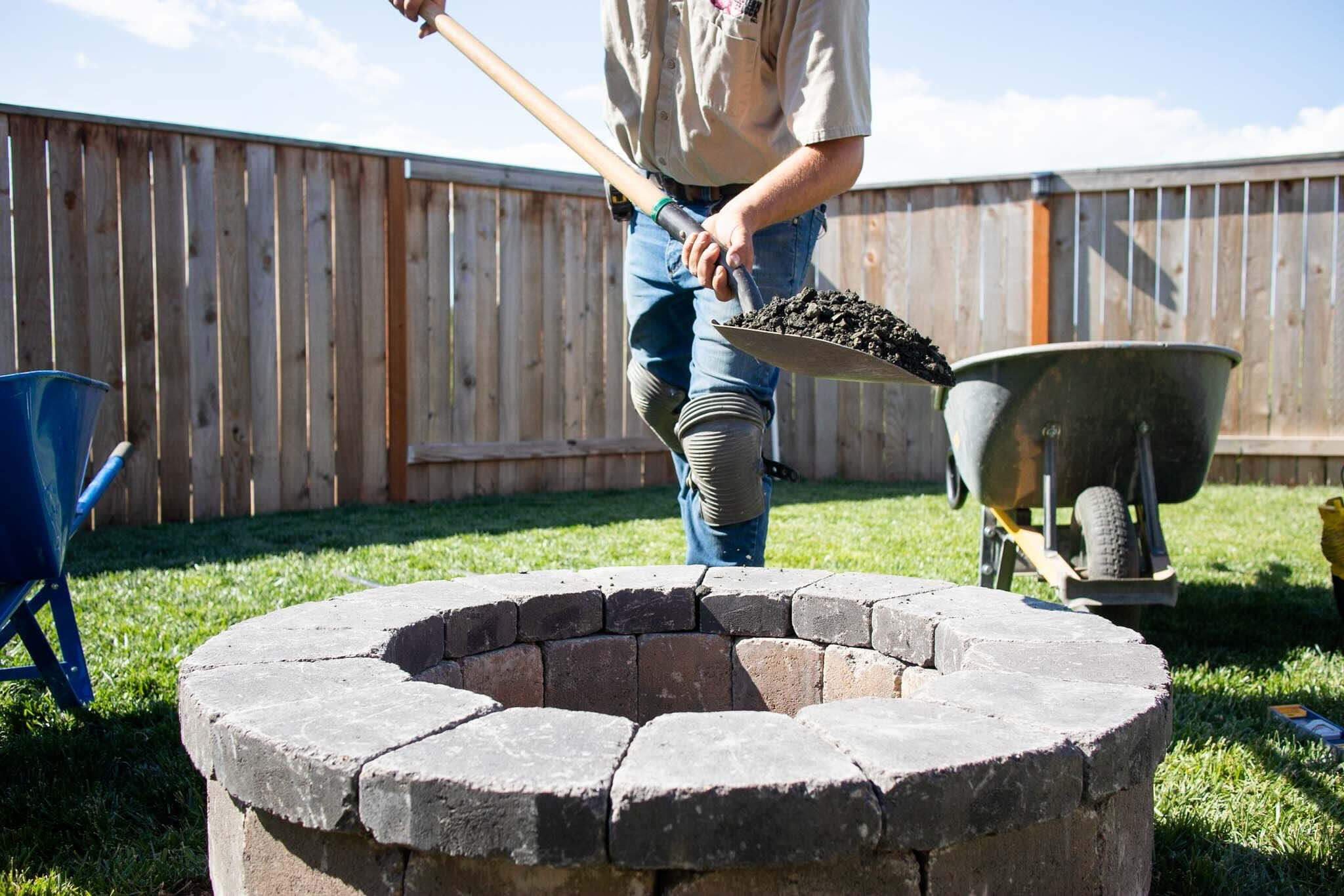
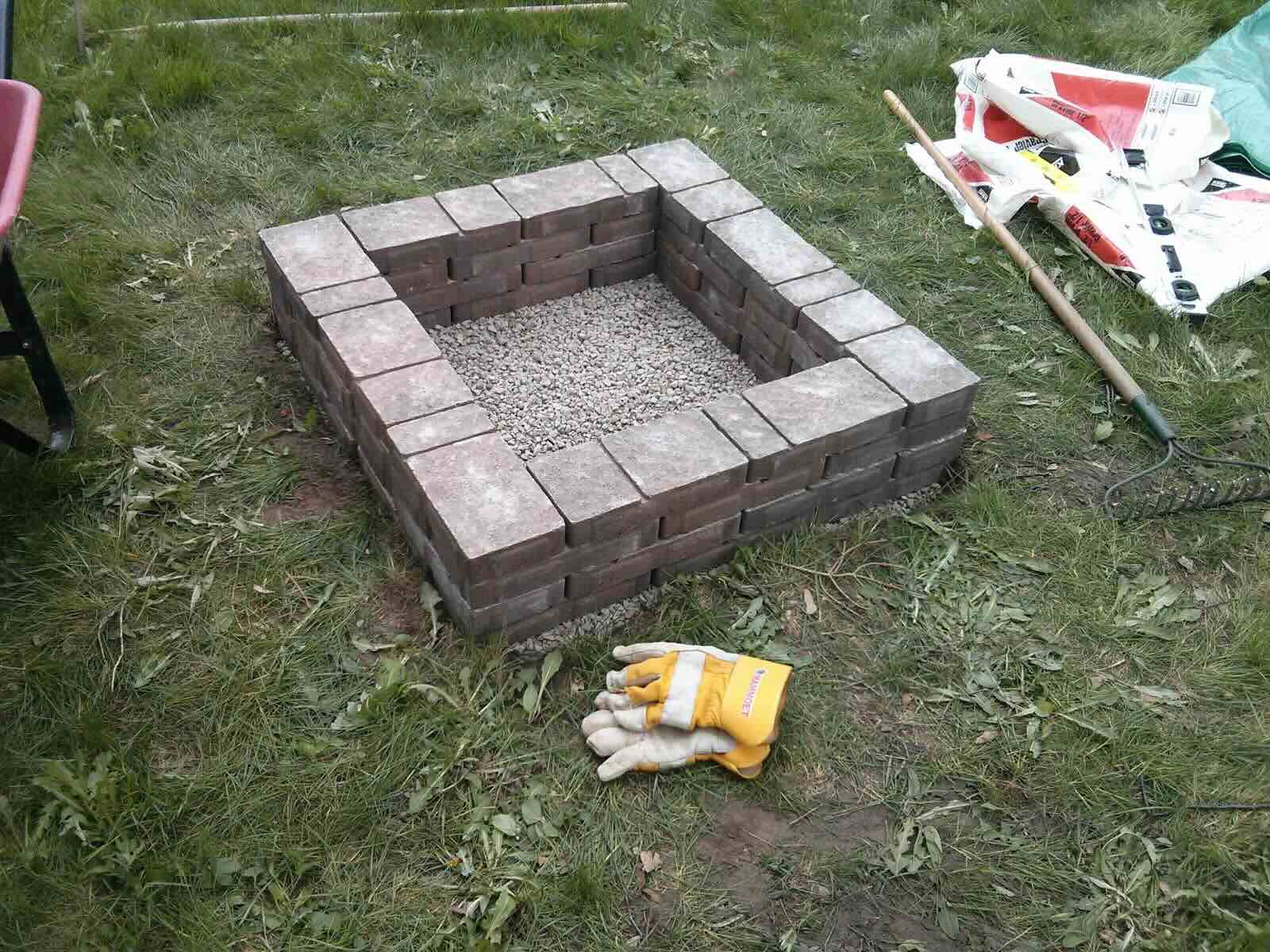
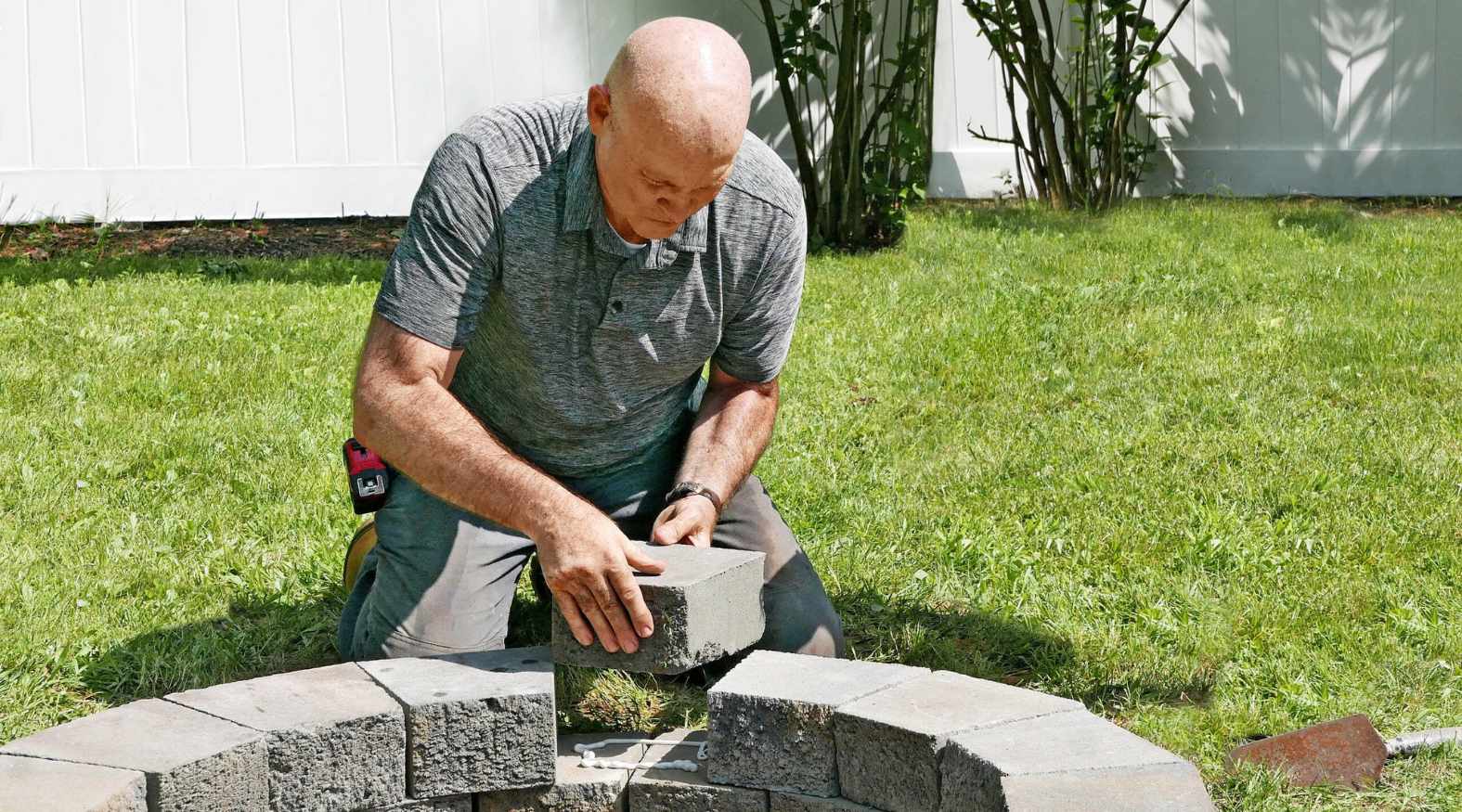

0 thoughts on “How Much Does It Cost To Build A Fire Pit Patio”